परिचय
Mahatma Gandhi permanently returned to India on 9 January 1915, landing at Apollo Bunder in Bombay (now Mumbai), after over two decades in South Africa where he had developed satyagraha, the method of nonviolent resistance that would later transform India’s freedom struggle. The date is commemorated annually as Pravasi Bharatiya Divas, recognizing the Indian diaspora’s contributions and marking Gandhi’s homecoming as a symbolic hinge between diasporic leadership and India’s national movement.
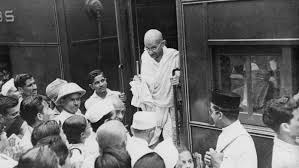
Background: From South Africa to Bombay
- Gandhi spent about 21 years in South Africa organizing Indians against racial discrimination, refining satyagraha through disciplined nonviolent mass action, and building civic institutions.
- He sailed back and arrived in Bombay on 9 January 1915, where he received a hero’s welcome; within days, local leaders hosted a grand reception honoring his work.
- The Government of India later chose 9 January for Pravasi Bharatiya Divas to commemorate his return and the broader diaspora connection.
The “Year of Probation” and Early Orientation (1915–1916)
- On the advice of political mentor Gopal Krishna Gokhale, Gandhi spent his first year after return traveling across India, listening and observing before entering political agitation—a period often described as his “probation year”.
- This deliberate pause helped him grasp India’s social and economic realities, bridging his South African methods to Indian conditions and constituencies.
Institution Building: Kochrab (Satyagraha) Ashram
- Gandhi established his first Indian ashram at Kochrab (near Ahmedabad) on 25 May 1915, known as the Satyagraha Ashram, to train a disciplined community in truth, nonviolence, service, communal living, and economic self-reliance.
- The ashram quickly became a laboratory for social reform and inclusion; Gandhi admitted a Dalit family in 1915 despite donor backlash, a step he defended with moral resolve, and critical support arrived through an anonymous Rs13,000 donation that stabilized the ashram’s finances.
- Kochrab laid the organizational and ethical foundations later expanded at Sabarmati (to which the ashram shifted in 1917) and enabled Gandhi’s early interventions among workers and peasants.
Early Public Interventions and Style
- Gandhi’s early addresses, including his 1916 appearance at Banaras Hindu University, signaled a moral critique of elitism and an insistence that national aspirations be matched by ethical conduct and service, foreshadowing his blend of politics with social reform.
- He emphasized practices that would later anchor mass movements: sanitation, temperance, Hindu–Muslim unity, swadeshi, and constructive work alongside noncooperation.
First Indian Satyagrahas (1917–1918): Proof of Method
- Champaran Satyagraha (1917): Gandhi’s first satyagraha in India addressed the exploitative indigo system (tinkathia) in Bihar; he investigated grievances, organized peasants, negotiated reforms, and secured relief through a government inquiry and the Champaran Agrarian Act (1918), establishing satyagraha’s credibility in India.
- Ahmedabad Mill Strike (1918): Gandhi supported textile workers in a wage dispute, demonstrating nonviolent discipline and mediation, including personal fasting to reinforce trust and restraint (contextual grounding from Gandhi’s early ashram base in Ahmedabad).
- Kheda Satyagraha (1918): He organized peasants to seek tax suspension after crop failure, using collective non-payment and mutual protection so individuals would not be isolated—a hallmark of his strategic, humane approach (summarized in standard civil services sources; Champaran/Kheda sequence is uniformly noted).
These early wins showed that satyagraha—rooted in investigation, moral clarity, community discipline, and nonviolent pressure—could deliver concrete relief, thereby expanding Congress’s reach to workers and peasants and redefining political action.
Why 1915 Matters
- Strategic reset: Gandhi’s return introduced a coherent repertoire—satyagraha, noncooperation, constructive programs—that transformed protest into a nationwide, disciplined movement.
- Organizational base: Kochrab Ashram provided training, ethical cohesion, and a cadre for sustained nonviolent campaigns, embedding service and social reform into political struggle.
- Ethical politics: His insistence that means and ends are inseparable grounded the freedom struggle in nonviolence and truth, undermining colonial claims of a “civilizing mission”.
Commemoration and Diaspora Link
- Pravasi Bharatiya Divas is observed on 9 January each year, expressly commemorating Gandhi’s 1915 return and honoring overseas Indians’ roles in India’s development.
- The commemoration underscores how diasporic experience can fertilize national renewal, mirroring Gandhi’s journey from South African civil-rights leader to architect of India’s mass nonviolent movement.
Key Dates and Quick Facts
- 9 January 1915: Gandhi arrives at Apollo Bunder, Bombay.
- 25 May 1915: Satyagraha (Kochrab) Ashram founded near Ahmedabad.
- 1917: Champaran Satyagraha—first satyagraha in India; inquiry and 1918 act follow.
- Annual observance: Pravasi Bharatiya Divas on 9 January.
Quick facts:
- Arrival city/spot: Bombay (Apollo Bunder).
- Mentor’s counsel: Gopal Krishna Gokhale advised a year of observation and restraint.
- First Indian ashram: Kochrab, 25 May 1915; later shifted to Sabarmati (1917).
- First Indian satyagraha: Champaran (1917), focused on indigo oppression.
Interesting Facts
- Gandhi received the Kaiser‑i‑Hind medal in 1915 for public service, which he later returned in protest after imperial atrocities, reflecting his principle that honors must yield to conscience.
- The Kochrab Ashram’s decision to admit a Dalit family (September 1915) triggered donor backlash; a timely anonymous donation of Rs13,000 saved the ashram and affirmed Gandhi’s stand against untouchability.
- The term “Pravasi Bharatiya Divas” (instituted in 2003) explicitly ties national commemoration to Gandhi’s 9 January homecoming, emphasizing diaspora–homeland synergy.
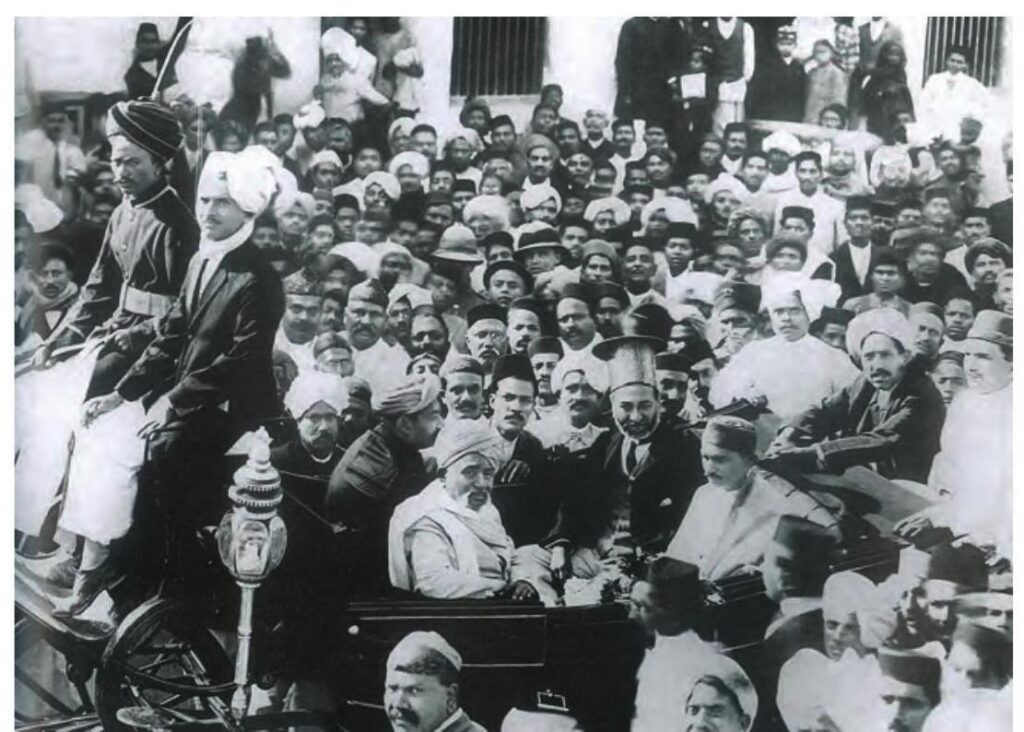
निष्कर्ष
Gandhi’s 1915 return fused diasporic experience with India’s grassroots realities, inaugurating a new political ethic anchored in nonviolence, social reform, and organizational discipline. The deliberate “year of probation,” the founding of Kochrab Ashram, and the first Indian satyagrahas at Champaran, Ahmedabad, and Kheda created a scalable template for national mobilization that would define India’s freedom struggle. Commemorated as Pravasi Bharatiya Divas, 9 January marks not merely a homecoming but the start of a transformative method—satyagraha—applied to India’s conditions with patience, courage, and moral clarity.

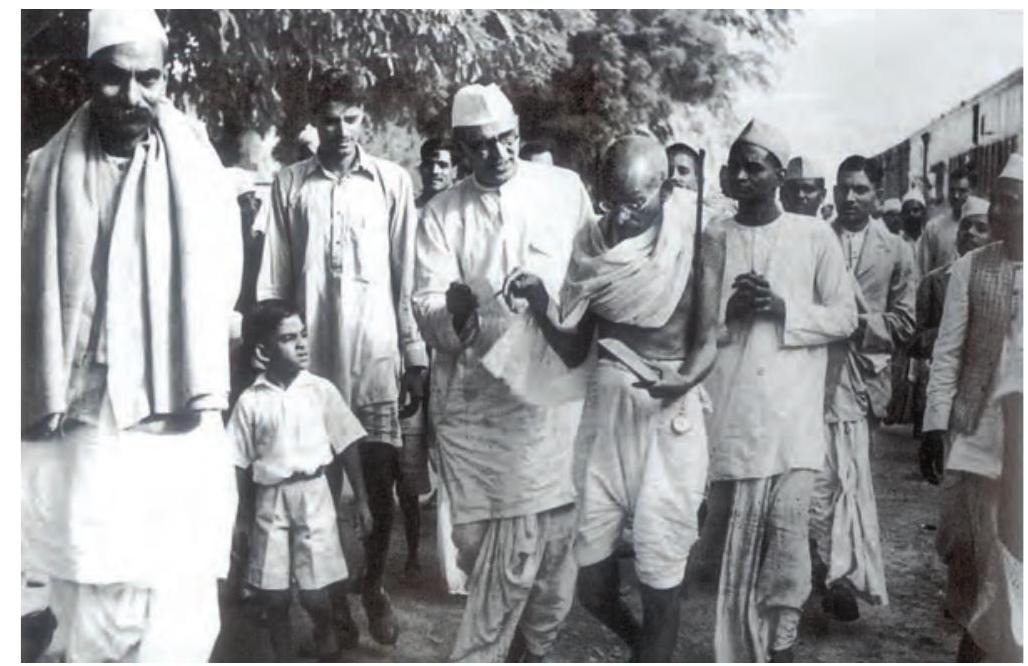



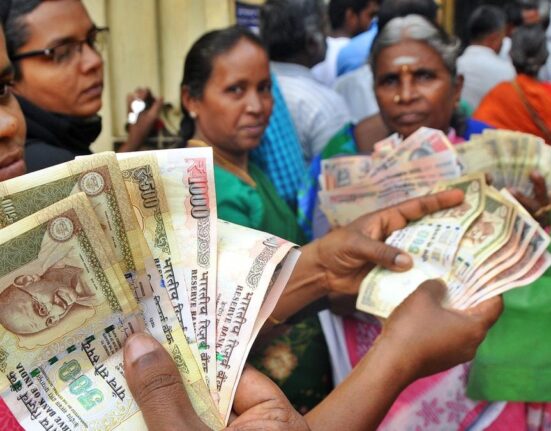
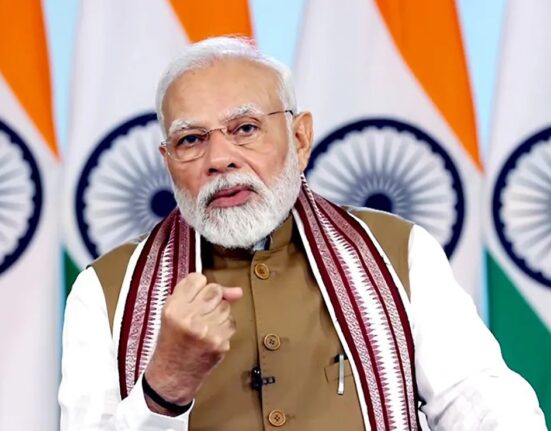

इस बारे में प्रतिक्रिया दें